The Linear Bearings Market is currently characterized by a dynamic competitive landscape, driven by technological advancements and increasing demand across various sectors, including automation, aerospace, and automotive. Key players such as THK (Japan), NSK (Japan), and SKF (Sweden) are strategically positioned to leverage their extensive product portfolios and innovative capabilities. THK (Japan) focuses on enhancing its product offerings through continuous research and development, while NSK (Japan) emphasizes sustainability and energy efficiency in its operations. SKF (Sweden) is actively pursuing digital transformation initiatives to optimize its manufacturing processes and improve customer engagement. Collectively, these strategies contribute to a competitive environment that is increasingly centered around innovation and operational excellence.
In terms of business tactics, companies are localizing manufacturing to reduce lead times and enhance responsiveness to market demands. Supply chain optimization remains a critical focus, particularly in light of recent global disruptions. The market structure appears moderately fragmented, with several key players holding substantial market shares, yet numerous smaller firms also contributing to the competitive dynamics. This fragmentation allows for a diverse range of products and services, catering to various customer needs and preferences.
In August 2025, SKF (Sweden) announced the launch of a new line of smart linear bearings equipped with IoT technology. This strategic move is significant as it aligns with the growing trend towards automation and smart manufacturing, enabling customers to monitor performance in real-time and reduce maintenance costs. Such innovations are likely to enhance SKF's competitive edge in the market, appealing to industries seeking advanced solutions.
In September 2025, THK (Japan) expanded its manufacturing capabilities by opening a new facility in Southeast Asia. This expansion is indicative of THK's commitment to regional growth and its strategy to cater to the increasing demand for linear bearings in emerging markets. By localizing production, THK aims to improve supply chain efficiency and reduce operational costs, thereby strengthening its market position.
In July 2025, NSK (Japan) entered into a strategic partnership with a leading robotics manufacturer to develop specialized linear bearings tailored for robotic applications. This collaboration underscores NSK's focus on innovation and its intent to capture a larger share of the robotics market, which is experiencing rapid growth. By aligning with a key player in the robotics sector, NSK is likely to enhance its technological capabilities and broaden its customer base.
As of October 2025, the competitive trends in the Linear Bearings Market are increasingly influenced by digitalization, sustainability, and the integration of artificial intelligence. Strategic alliances are becoming more prevalent, as companies recognize the value of collaboration in driving innovation and expanding market reach. Looking ahead, competitive differentiation is expected to evolve, shifting from traditional price-based competition to a focus on technological advancements, supply chain reliability, and sustainable practices. This transition may redefine the competitive landscape, compelling companies to innovate continuously to maintain their market positions.


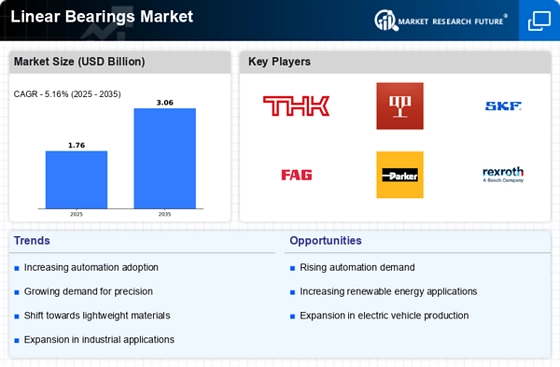
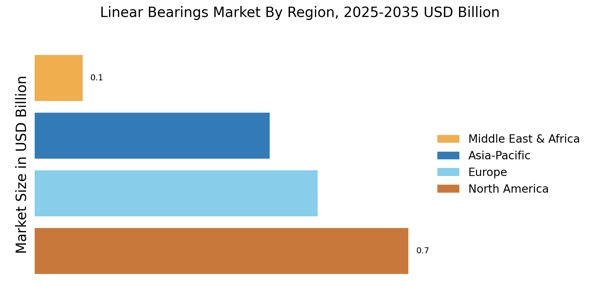
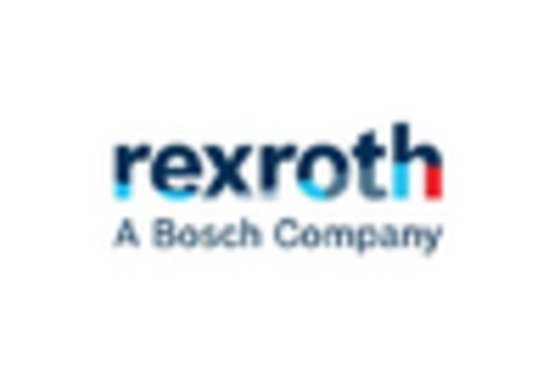
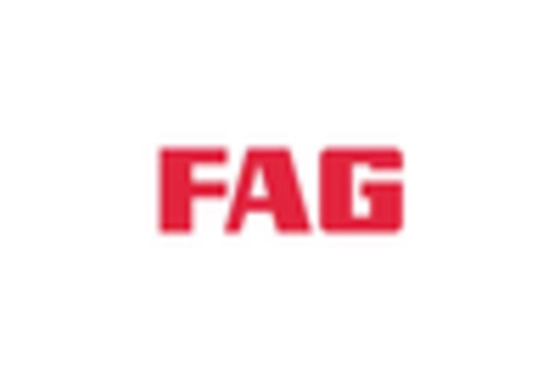
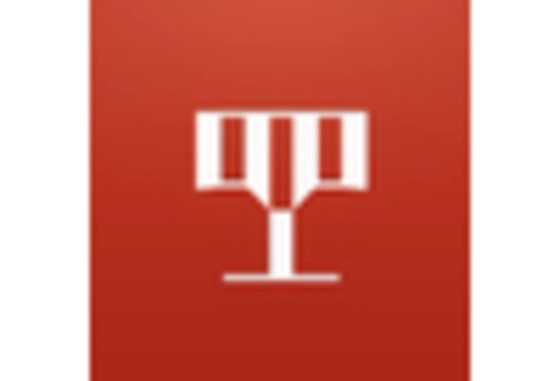
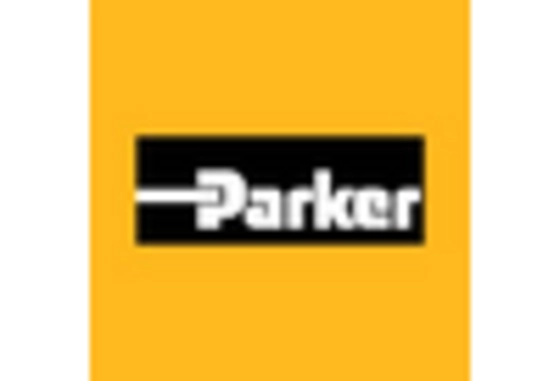
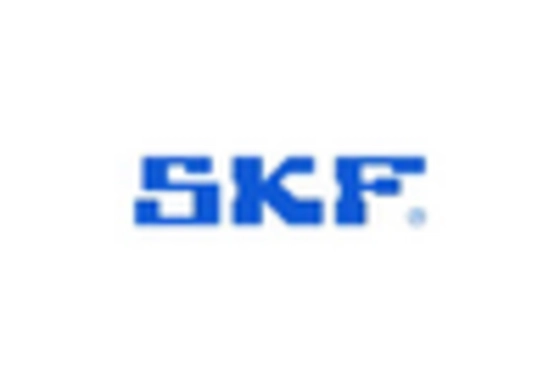
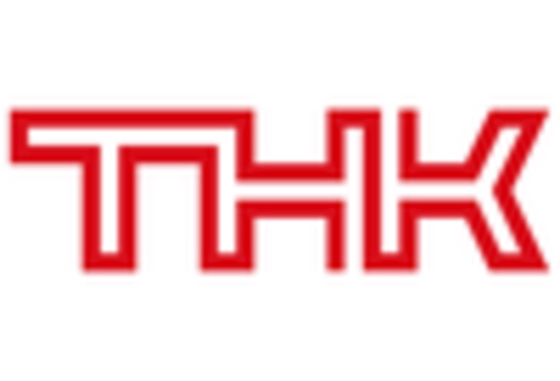








Leave a Comment